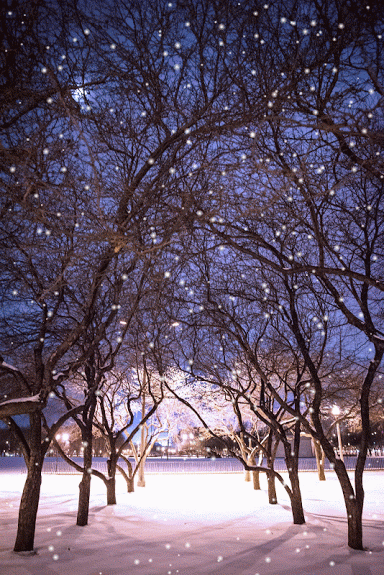- Lens hood! Mostly for keeping the snow out of your lens. I lost mine in the snow this week and just received my bargain replacement in the mail. Looks good so far. Bring a lens cloth too, cause some snow is going land on your the lens.
- I always shoot manual and checking the histogram is a must. I turn on the Highlights Alert feature so I can see immediately when I check my pic if there are any blown out highlights. Then I can adjust, or choose to bracket my shots. If you are not shooting manual and relying on the camera’s meter, remember it is always aiming for middle grey, so your pics might look grey and be underexposed, so you can use your exposure compensation to override this (+1 etc), and or bracket your shots.
- Shoot raw. Your auto white balance will probably be thrown off, so if the pics are coming out blue-ish then try the ‘shade’ setting to warm it up. If you shoot raw it’s not a problem to fix later, but best to get it right on the site, so you can see what you are getting.
- Depends on how fast the snow is falling, but don’t forget you have some control over what you see in your image- fast shutter speed to freeze the snow falling in the air, longer shutter speed if you want to show some of the path of the moving snow.
- If it snows overnight, get up early to get the fresh snow without footprints. I took the pic below at sunrise.
- Gloves. Obviously.
- Put you camera in a ziplock bag before going indoors, take your memory card out first. The sudden temp change causes condensation, but if you ziplock it while still outside, and leave it in the bag while it slowly adjusts to room temperature it should help.

This a picture I took in Grant Park in Chicago, But Google+ photos added the falling snow via “auto-awesome”, and I thought it was cute, so I saved it 🙂
All pics shot with Canon T3i

